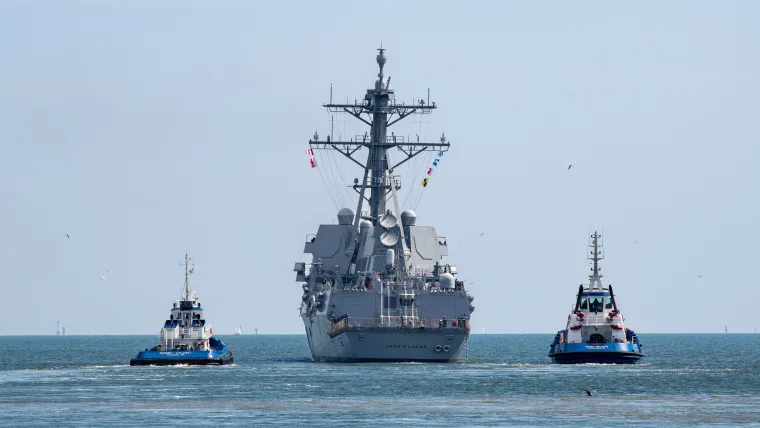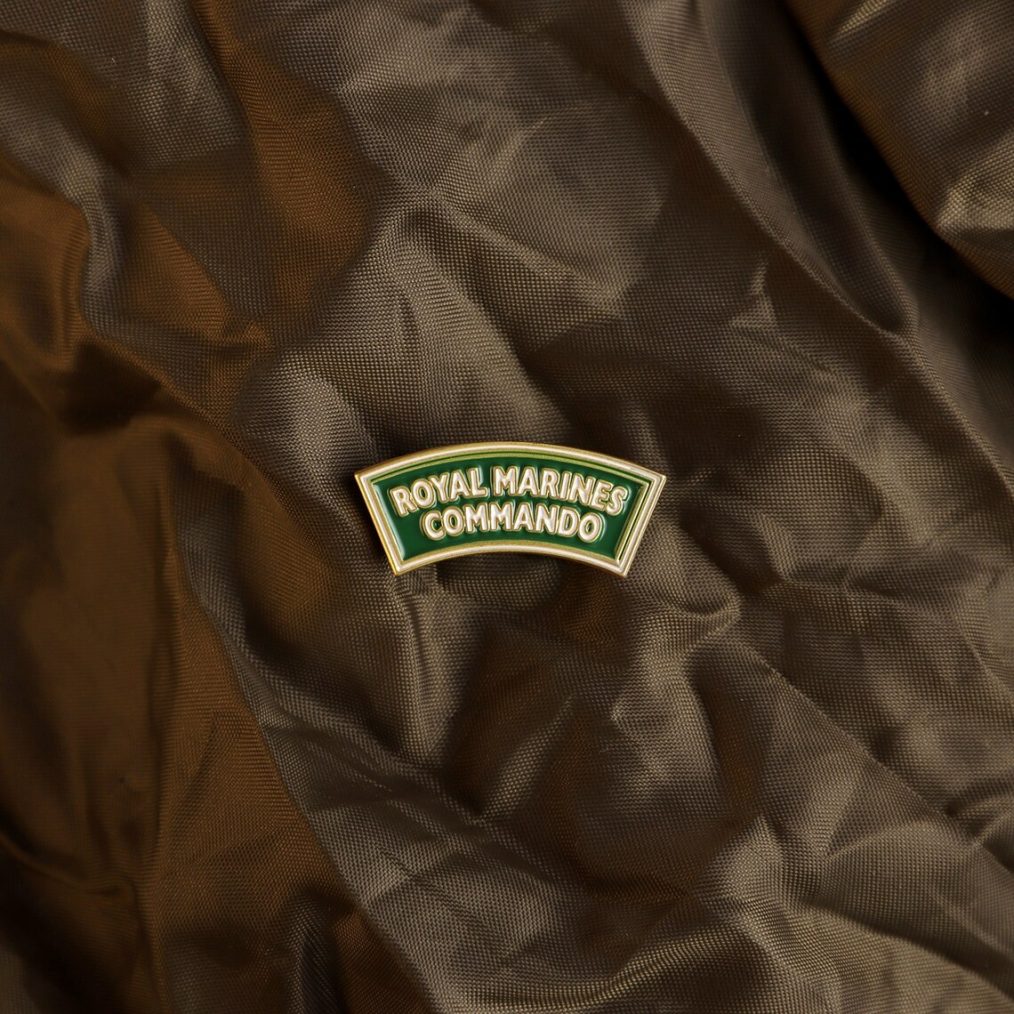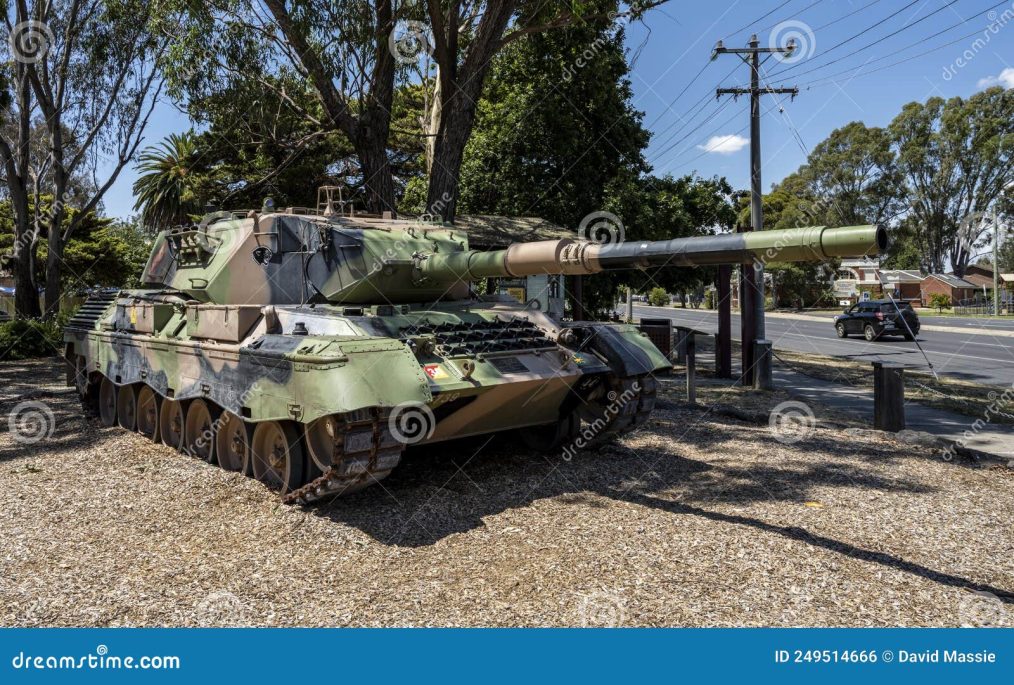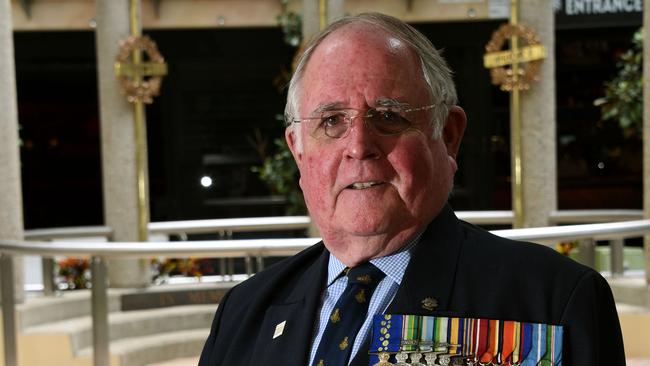The Federal Court this week exposed a scandal – how government-funded lawyers appeared to help invent Aboriginal “traditions” to fight a massive gas project.
Justice Natalie Charlesworth’s findings are so damning that I believe the Albanese government must now cancel its funding of the Environmental Defenders Office.
The EDO last year got the court to delay the $5.8bn Santos gas project in the seas north of Darwin by helping three Tiwi Islanders who claimed an underwater pipeline from the project to Darwin would anger the rainbow serpent and a Crocodile Man who were in that part of the sea.
They also claimed the pipeline would disturb graves and sacred sites of Aborigines who lived there more than 20,000 years ago, when the seas were 120m lower and the seabed there was land.
It was mad enough to have this project delayed at a cost of $1m a day because of a non-existent rainbow serpent and a man-turned-crocodile.
Wilder was the claim – presented by the EDO lawyers – that Tiwi Islanders today actually knew the sacred sites of land that was drowned thousands of years ago, through oral traditions passed on over more than 600 generations.
As Justice Charlesworth said on Monday, in lifting the ban on the project: “It is implausible that an ancient oral tradition could yield such detailed information”.
It’s even stranger when the supposed gravesite was drawn on a map of the now-drowned area by a single Tiwi Islander, Marie Munkara, and was not known by the 23 Islanders who gave evidence in court.
That wasn’t the only suspicious thing about this amazing map.
Last June, EDO lawyers held – and filmed – a meeting for eight Aborigines against the project, and introduced them to marine geoscientist Mick O’Leary, an associate professor at the University of Western Australia.
O’Leary had with him a computer-generated map of the area as it supposedly was before the seas covered it and told the Aborigines to use their oral traditions and draw where the sacred sites were 20,000 years ago.
He claimed he’d helped stop a Woodside project this way, using ancient memories preserved in song to identify a sacred site.
Well, said one of the Aborigines, impressed: “We gotta do this.”
In fact, O’Leary later confessed in court he hadn’t used any such map against Woodside. The judge gave him a whack: “Dr O’Leary … did lie to the Tiwi Islanders, and I find that he did so because he wanted his ‘cultural mapping’ exercise to be used in a way that would stop the pipeline.”
She also found his map, with “a stunning waterfall in a luscious green landscape”, could not “on any reasonable measure be said to correctly represent the pre-inundation landscape”.
But Aborigines at the meeting had got the idea. Two women described how the rainbow serpent and Crocodile Man would have swum around the Tiwi Islands, or from a local cape, not realising the islands and their cape didn’t exist then, since they were part of the mainland. Neither O’Leary nor the EDO lawyer corrected them.
Yet no one at that meeting identified any grave sites. They were added to the map later by Marie Munkara, in circumstances not filmed or explained. Munkara didn’t give evidence, and no Aboriginal witness said she had cultural authority.
Again, Charlesworth wasn’t impressed: “The court cannot be satisfied about the integrity of any process by which Marie Munkara came to put her own marks there”.
It got worse. Alina Leikin, an EDO lawyer, then stepped up to the map.
“That’s where the sea starts,” Leikin said, and drew a line to a spot on the map to what the EDO later called “the sacred freshwater source”.
The judge was appalled: “That video … depicts what could only be described as the EDO lawyer drawing on the map in a way that could not on any reasonable view truthfully reflect what the Tiwi informant had said”.
She said drawing up this crucial map of sacred sites and graves involved “confection” or “construction” – in other words, fakery. The map was worthless.
Charlesworth also accused the EDO and an anthropologist hired for the case of “a form of subtle coaching” of some witnesses to get them to tell “their stories in a way that propelled their traditions into the sea and into the vicinity of the pipeline”.
Why is the Albanese government funding an activist group of lawyers who used a dodgy map, coached witnesses and far-fetched traditions to stop massive resources projects this country badly needs?










